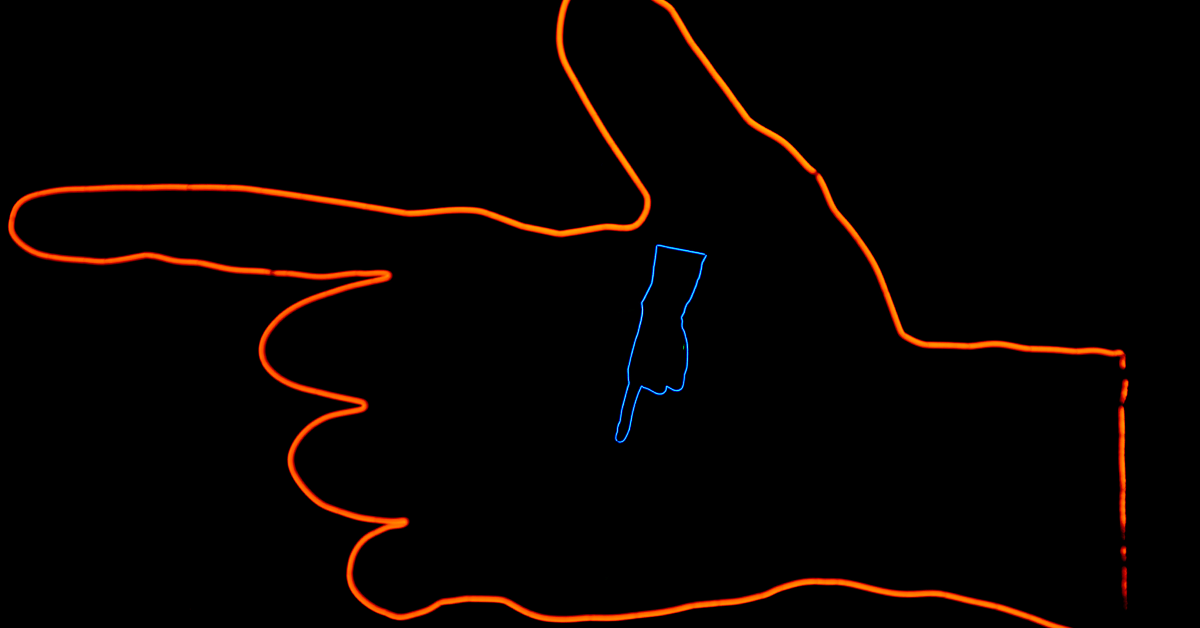
PRO INSIGHT
In order for UX Designers to become UX Design Leaders, they must develop their thought leadership skills.
One of the best ways to do that, is to practice First Principles Thinking.
By reducing a problem down to it’s component parts and challenging assumptions, you gain a clarity that allows you to develop innovative products without falling prey to the complexity of existing solutions.
It takes practice, but over time you’ll find that your thinking becomes sharp and you’ll become faster and more confident.
Jack O’Donoghue (2 x Bestselling UX Course Creator)
– UX Strategy Blueprint
– Design Thinking Made Simple
In UX Design, the ability to innovate and create groundbreaking solutions is paramount.
One methodology that’s gaining traction among forward-thinking designers is First Principles Thinking.
This approach, famously used by thinkers like Aristotle and innovators like Elon Musk, involves breaking down complex problems into their most basic, fundamental elements.
First Principles Thinking is famously used by thinkers like Aristotle and innovators like Elon Musk.
For UX designers, this means a chance to step back, strip away assumptions, and rebuild ideas from the ground up.
Let’s dive into how you can harness First Principles Thinking to revolutionize your UX design approach.
Understanding First Principles Thinking
First Principles Thinking is a systematic approach to deconstructing problems in order to see them for what they truly are. It helps us to understand reality so that we can reshape it.
In UX design, this means dissecting user experiences, interfaces, and functionalities to their most basic components and understanding them at an elemental level.
By doing so, you eliminate biases and conventional methods, paving the way for innovative solutions that aren’t just incremental improvements but radical reinventions.
First Principles Thinking helps us to understand reality so that we can reshape it.
How to Implement First Principles Thinking in UX Design
Identify and Break Down Assumptions: Start by listing out all the assumptions in your current design. These could be things you take for granted, standard industry practices, or even user behaviors you expect without question. Challenge these assumptions. Ask yourself, “Why must it be this way?”
Reduce to Fundamental Truths: Once you’ve identified assumptions, distill the problem or feature you’re designing down to its most basic elements. What is absolutely necessary? What are the core functions or goals?
Reconstruct from the Ground Up: Using these fundamental truths as your building blocks, start reconstructing your design. Be imaginative. How can you meet the user’s needs in a way that’s never been done before?
Example: Rethinking The Checkout Process
Let’s apply First Principles Thinking to a common UX challenge: the online checkout process.
Assumptions: Users need to input their address and payment information. They expect a confirmation screen and an email receipt.
Fundamental Truths: Users need to exchange money for a product or service. They need to confirm that this transaction will occur as intended.
Reconstruction:
- One-click purchasing: What if users could buy with a single click? Amazon famously did this, drastically simplifying the checkout process.
- Alternate payment methods: Instead of the traditional credit card form, could users pay via a quick mobile app confirmation or even a voice command?
- Confirmation: Does this need to be a whole new screen, or could it be an unobtrusive pop-up that doesn’t disrupt the shopping experience? Could the confirmation be something enjoyable or rewarding?
The Power of First Principles Thinking in UX Design
By breaking down the checkout process and removing assumptions, we find new, potentially more efficient, and enjoyable ways for users to complete their transactions.
This is the power of First Principles Thinking. It encourages us not just to make things slightly better but to reimagine how they can function in a fundamentally improved way.
Becoming a Thought Leader
Adopting First Principles Thinking in UX design isn’t just about a single project or problem. It’s about cultivating a mindset that consistently seeks deeper understanding and bolder innovation. It requires curiosity, courage, and a willingness to question everything.
Wrapping Up
First Principles Thinking gives us a clearer understanding of reality which leads to better creativity.
As a UX designer, it empowers you to step beyond the known and explore the realms of what might be possible. Start with the basics, question everything, and rebuild from the ground up. The solutions you’ll find might just redefine what’s possible in UX design.
You Asked, We Answered
Q: How does the Design Thinking Process aid in UX Design?
A: It aids by providing a structured framework for understanding user needs, ideating, prototyping, and testing, leading to user-centered solutions.
Q: What is First Principles Thinking in UX Design?
A: It’s a method where designers break down complex user experiences into basic elements, rethinking them from the ground up for innovative solutions.
Q: How does Design Thinking complement UX Design?
A: Design Thinking provides a user-centered framework that guides UX designers through empathy, ideation, and testing to create effective and innovative user experiences.
Q: What’s the difference between UI Design and UX Design?
A: UI Design focuses on the visual elements users interact with. In contrast, UX Design encompasses the entire user experience, including usability, functionality, and user emotion.
Q: Can you define a core UX Design Principle?
A: A core UX design principle is to prioritize the user’s needs and goals, ensuring the design is intuitive, accessible, and delivers a satisfying experience.
Q: What is the role of Service Design in UX?
A: Service Design strategically plans and organizes people, infrastructure, communication, and material components of a service to improve its quality and the interaction between the service provider and users.
Q: How do Principles Thinking and Design interact?
A: Principles Thinking aids designers in returning to the fundamental truths of a problem, providing a solid foundation for creative and effective design solutions.
Q: What is the importance of Visual Hierarchy in UX Design?
A: Visual hierarchy organizes and prioritizes content, guiding users through a product seamlessly and making important elements stand out effectively.
Q: How does UX Research contribute to the Design Process?
A: UX research gathers insights about user needs, behaviors, and motivations, informing the design process to create solutions that genuinely resonate with users.
Q: What’s a common challenge in dealing with Complex Problems in UX?
A: Simplifying user interactions without losing functionality, ensuring solutions are both intuitive and capable of meeting diverse user needs.
Q: What’s the significance of Usability Testing in UX?
A: Usability testing directly involves users to evaluate how easily they can use the product, identifying areas of improvement for a better user experience.
Q: How does a Product Manager interact with UX Design?
A: A product manager defines the product’s vision and strategy, collaborating with UX designers to ensure the product meets user needs and business goals.
Q: What is the goal of User Interface Design in UX?
A: The goal is to create interfaces that are aesthetically pleasing and intuitive, facilitating a smooth and engaging interaction between the user and the product.


